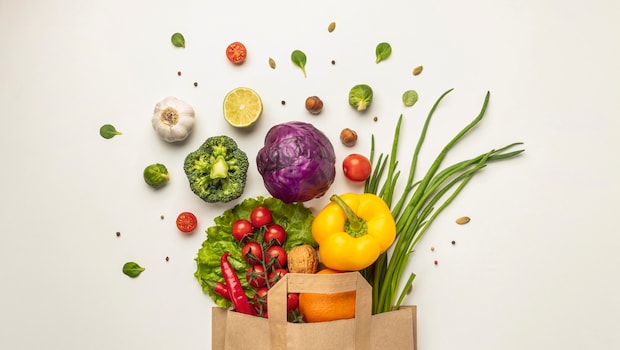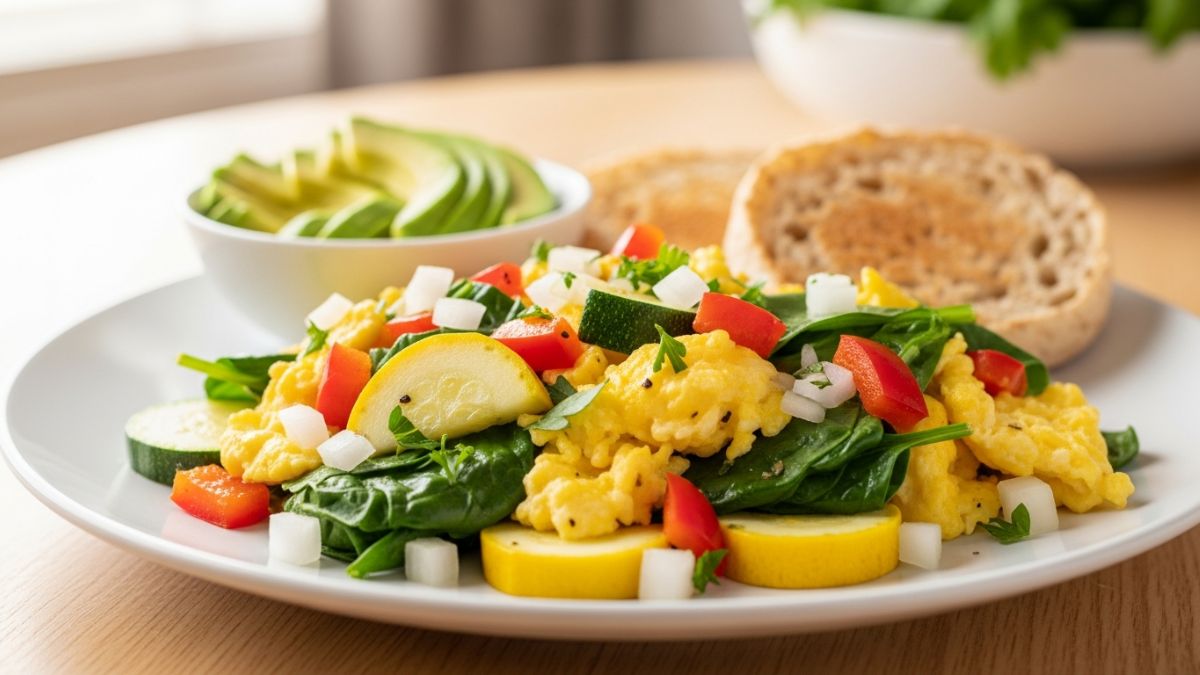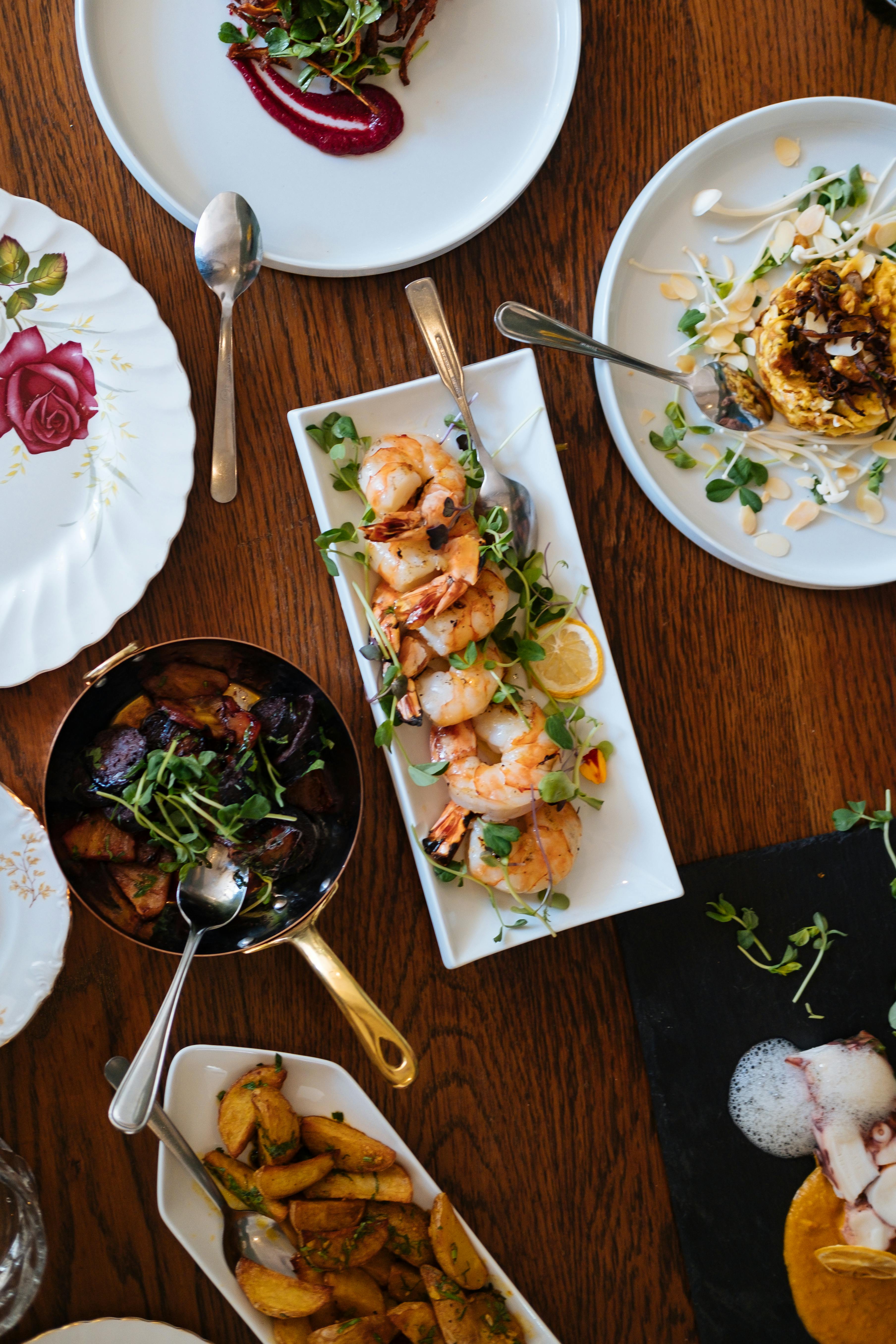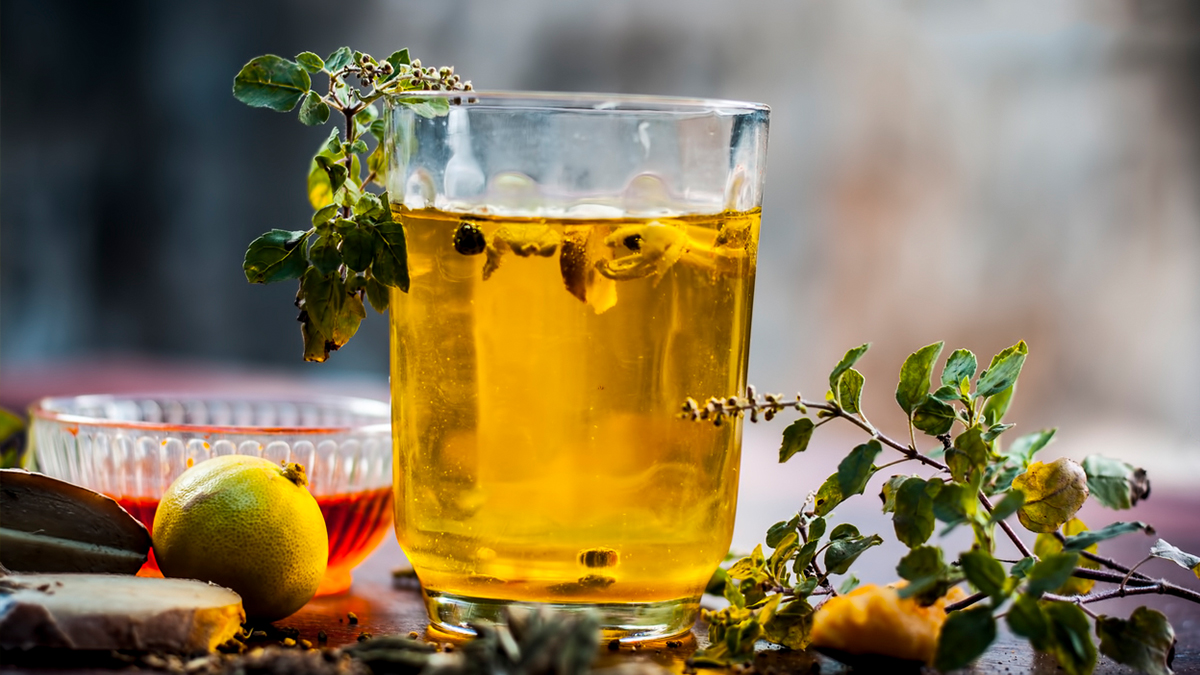Every year on May 28, World Nutrition Day serves as a global reminder of the vital role that nutrition plays in overall health and well-being. The day promotes awareness around healthy eating habits, the importance of balanced diets, and the need to tackle malnutrition in all its forms- undernutrition, obesity, and micronutrient deficiencies. It is a reminder of the dual importance of eating well and choosing foods that support environmental sustainability. It's a call to action for individuals, communities, and governments to prioritise local, seasonal, and minimally processed foods that are good for the body.
Also Read: 6 Immunity Boosting Foods That You'll Easily Find At Home
For Indian households, this day is especially relevant. With a rich legacy of plant-based diets and seasonal cooking, Indian cuisine naturally aligns with sustainable food practices. The challenge lies in reviving and enhancing these habits for modern lifestyles.
Mr. Shridhar Venkat, CEO of the Akshaya Patra Foundation, tells us, "On the occasion of World Nutrition Day, we are reminded that nutrition is the foundation of good health, which can be achieved by enhancing everyday meals with balanced nourishment. According to PM POSHAN (NFSA), mid-day meals should provide 450 calories and 12 grams of protein for children studying in classes I-V and 700 calories and 20 grams of protein for children in classes VI-VIII. Early nutrition shapes cognitive development, school performance, and long-term well-being, ultimately influencing the economic and social fabric of nations."
World Nutrition Day 2025: Here Are 7 Easy Ways To Add More Nutrition To Indian Meals:
A well-balanced plate can be enriched with diverse pulses and legumes-such as dal, chana, and rajma-which serve as excellent protein sources. Whole grains like millets (ragi, jowar, bajra), alongside staples like rice and wheat, boost fibre intake and provide essential nutrients for sustained energy. By incorporating diverse seasonal vegetables, whole grains, and locally available ingredients, we can ensure meals are rich in essential vitamins and proteins.
1. Rethink Your Grains
Indian kitchens revolve around grains- rice, wheat, jowar, bajra, and ragi. To add more nutrients, start by mixing up your grain game. Swap out polished white rice for brown rice or millets. Millets like foxtail (kangni), little millet (kutki), and barnyard millet (sanwa) are rich in fibre, iron, and magnesium. Try combining whole wheat flour with ragi or bajra for rotis to increase the intake of calcium and iron.
Also Read: Fact Check: Foods Rich In Carbs Can Be Healthy Too, Here's A List
2. Power Up Your Pulses
Pulses are a staple, but we often overlook their full potential. Soak dals overnight and sprout them to improve digestibility and enhance vitamin C and B complex absorption. Include a variety of lentils in your weekly meals- masoor, chana, moong, urad- not just for taste but to ensure a diverse nutrient profile. Cooking dals with a tadka of mustard seeds, curry leaves, garlic, and asafoetida (hing) not only enhances flavour but improves gut health too.
3. Add Colour With Seasonal Vegetables
Indian thalis are known for their variety, but it's easy to fall into a routine with the same few vegetables. Use the rainbow rule- aim to include colourful vegetables like pumpkin, spinach, red bell peppers, carrots, and beetroot. Each colour represents different phytonutrients and antioxidants. Try stir-frying or steaming vegetables to retain maximum nutrients, and avoid overcooking, which often depletes their value.

Eat lots of vegetables to maintain a healthy diet. Photo: Freepik
4. Don't Forget Fermented Foods
Fermented foods like curd, dosa batter, idli, kanji, and pickles are traditional Indian superfoods. They are rich in probiotics that support gut health and improve digestion. Including a serving of fresh curd or buttermilk in daily meals can help maintain healthy gut flora, which is essential for absorbing vitamins and minerals efficiently.
5. Fortify Your Cooking Oils
Instead of sticking to just one type of oil, rotate between mustard oil, groundnut oil, sesame oil, and coconut oil to balance fatty acid profiles. Cold-pressed and filtered oils retain more nutrients. Also, try including a few seeds like flaxseed, sunflower, or chia, as toppings or in chutneys to increase omega-3 intake.
6. Smart Snacking and Sides
Replace fried snacks with roasted chana, nuts, makhana, or homemade laddoos made from jaggery and seeds. Add nutrient-dense sides like leafy green theplas, methi parathas, or chutneys made with mint, coriander, curry leaves, or flaxseeds.
7. Finish With Fruits
End meals with a fruit instead of sugary desserts. Papaya, guava, amla, and oranges are rich in vitamin C and fibre. Seasonal fruits are cost-effective and nutritionally richer than cold storage imports.
World Nutrition Day 2025 reminds us that mindful eating can be both culturally rooted and forward-thinking. By making simple, sustainable changes to our daily meals, we can nourish our bodies the right way.
About Neha GroverLove for reading roused her writing instincts. Neha is guilty of having a deep-set fixation with anything caffeinated. When she is not pouring out her nest of thoughts onto the screen, you can see her reading while sipping on coffee.










